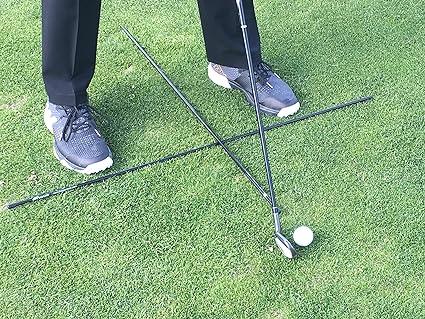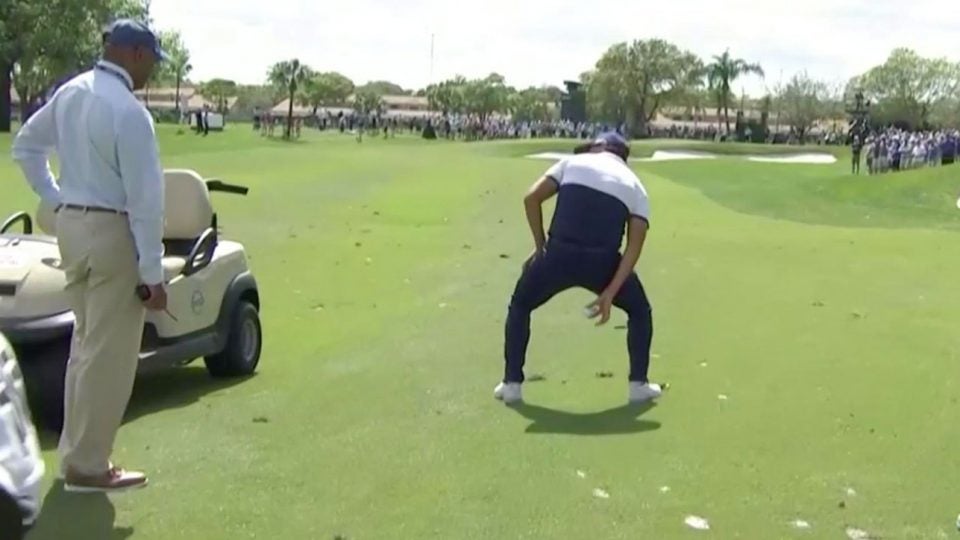- Thread starter
- #1
Zooky
I make chunk plays.
New golf rules in 2019: What are the biggest changes to the Rules of Golf?
The 20 biggest changes to the Rules of Golf from 2019
The 20 biggest changes to the Rules of Golf from 2019
- Less time to search for a lost ball: Golfers can now search for a lost ball for only 3 minutes, down from 5 minutes, before the ball is deemed lost and a player has to re-hit from the previous position
- New drop procedure: Golfers will now drop from knee height to the ground instead of from shoulder height, so as to allow players to maintain some random nature of dropping but without the likelihood of having to drop again
- You can take an unplayable lie in a bunker: If a golfer don't want to play a shot out of a bunker, you'll be able to take a drop from outside of the sand with a two-stroke penalty
- Double-hits are no longer penalized: If a golfer double-hits a ball with the same shot, it won't be a stroke with a penalty stroke added; rather, only a single shot will be counted
- Loose impediments can be moved in bunkers and other hazards: Golfers were previously barred from moving loose impediments from a sand trap or in a water hazard
- Incidental contact with the sand in a bunker before and after a shot isn't a penalty: Previously, a golfer touching the sand before and after a bunker shot was penalized as testing the surface. Now a golfer can touch the sand, so long as it's not immediately in front of or behind the ball.
- Hitting the flagstick with a putt from the green isn't a penalty: Golfers were previously penalized if a putt originating on the putting surface struck the flagstick
- Spike marks and all other green damage can be repaired: Golfers used to only be able to repair marks clearly made by a golf ball, but they're now allowed to fix spike marks
- Embedded ball relief everywhere: If a golfer's ball is embedded in the ground, no matter where it is on the golf course (outside of a hazard or penalty area), you can remove it and then get a free drop
- If a ball moves while on the green, it can be replaced penalty-free: Presuming the golfer doesn't strike the ball, if gravity or wind moves the ball after it's been marked, lifted (optionally cleaned) and then replaced, it can be replaced and played without penalty (the Dustin Johnson Rule)
- Balls accidentally moved on the putting green can be replaced penalty-free: Similar to the above, a golfer who accidentally moves the ball when they fumble with a coin or their shoes or whatever won't be penalized
- Water hazards have a new name: They're now called "penalty areas," and courses are encouraged to have more lateral penalty areas
- Touching the ground in a penalty area is OK: Golfers had previously incurred a one-stroke penalty for grounding their club in what was known as a water hazard
- If a golfer's ball hit themselves or their clubs, there's no penalty: Previously, golfers were penalized if a ball they struck came back and touched them or their equipment by accident
- A ball wedged between the flagstick and the edge of the cup counts as holed so long as the ball is beneath the surface of the green: A golfer no longer has to carefully jiggle the flagstick to get the ball to the bottom of the cup for the shot to count as holed
- Use your longest club for a drop: When taking relief, you'll use the longest non-putter club in your bag, which is your driver, to give up to 48 inches of relief
- No penalty for moving a ball by accident during search: The ball will simply be replaced as it was found, and the golfer will play on
- Golfers will take a complete relief when their ball is on another green: Previously, golfers had to only take relief for the ball, not their stance, on a different hole's putting surface
- Caddies can no longer align players: Long barred on the PGA Tour, caddies will no longer be able to line up a player for a shot
- A golfer can't use a club or other device -- including elements of nature, like a stick -- as an alignment aid during a shot or even while establishing a stance prior to the stroke


















